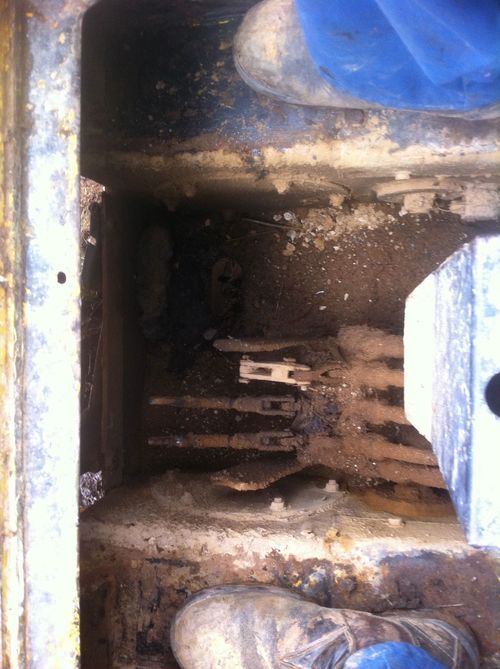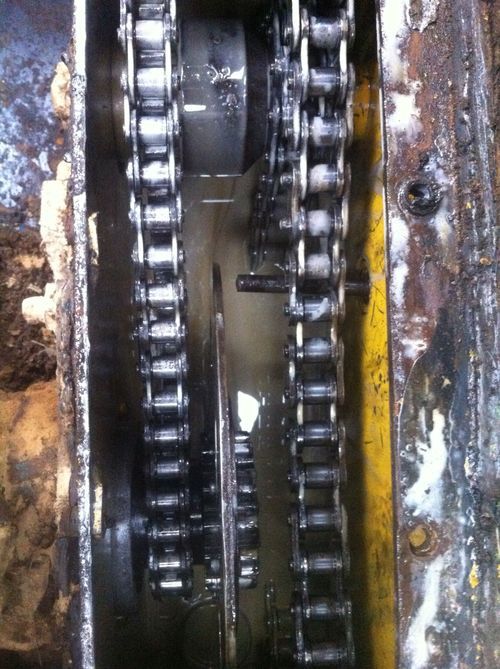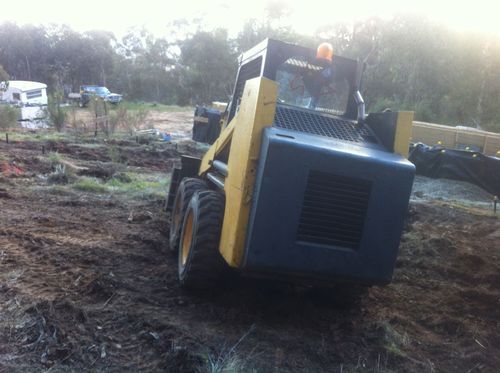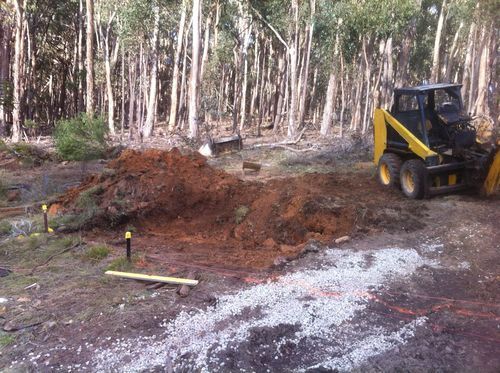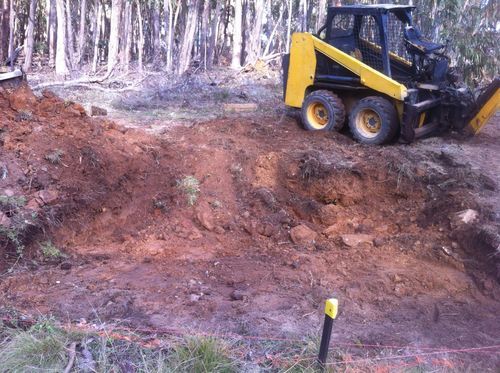I think I spoke too soon about finding a replacement idler assembly. Poking around on a few heavy machinery Internet forums, I managed to find two suppliers of parts for Mustang bobcats:
- An Australian company who appear to be the official distributor of Mustang parts in this part of the world; and
- A slightly dodgy-looking web shopfront of a US-based Mustang and other machine parts supplier.
Both have listings for the idler assembly I need; the US store listing the part as in stock and available for US$160 plus delivery. The Australian company however typically won’t give me a price online, and I have to register a (business) account to get a quote. Oh well, needs must.. and I’d rather deal with a local supplier in case anything goes wrong with the transaction.
Rather surprisingly, once they manually approved my account request and I was able to request a quote, they got back to me pretty quickly with a quote: AU$600, plus GST!
Ouch!
After I recovered from the shock, I pointed them towards the US price I got online, but they wouldn’t budge very much - AU$500 plus GST was the best they could do, and even then they had to order it from the US themselves.
Any wonder our trade deficit is what it is.. years gone by we’d have had the expertise in Australia to .. you know, manufacture something as simple as an idler sprocket assembly but now …
So anyway, as much as I’d prefer to support an Australian business, if all they’re doing is shipping my $$ overseas then I’d rather do that myself, and ship less of them. So with that decision made I gave my business to the US shopfront.
Oh, sorry. Attempted to give them by business. Like many Americans, they have no concept of the world outside the 48 mainland states… shipping to Australia was much too much for their web site to cope with, and so I was left to try to contact them and get a quote manually.
Two emails, a phone call and three days later, and nothing. So much for customer service.
Enter my last resort, PriceUSA. This is a small Aussie business run by a work-at-home mum in Bendigo who has agents in the US who buy goods on consignment, then ship them to Australia at cost. I still don’t know how they make their money, but their service is second to none and I was able to order the part through them, and the store shipped to PriceUSA’s agent in the US who then forwarded it on to me. Under two weeks to my door for less than AU$300. Win.

This bit is significantly stronger than the one which broke - they’ve obviously had this idler fail repeatedly over the years, so they’ve revised the design to support the sprocket axle at both ends.
But at least, now I have it in my hot little hands I can get it fitted next weekend! :)
